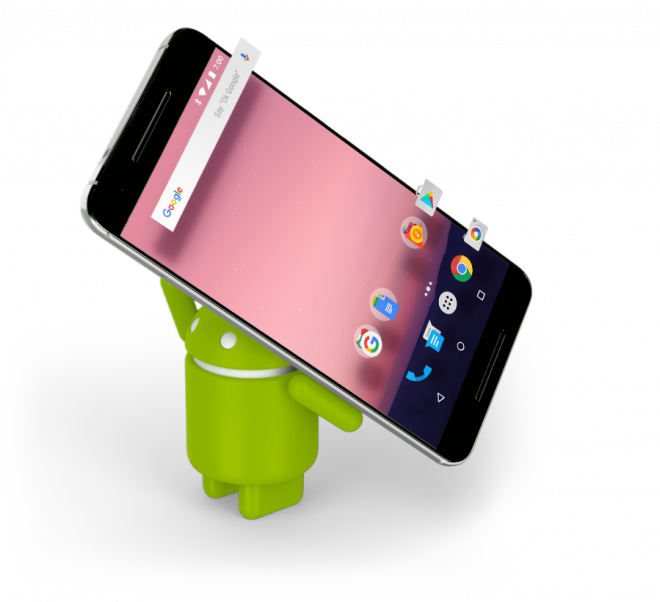
Like all the previous versions of Android, Google has decided to stick to its confectionery-themed naming strategy for the latest version of the popular OS. The much-anticipated Android O, which was nameless even a few days back, has been rechristened as Android Oreo.
Google's naming strategy might seem offbeat and non-tech, but it has worked well for the Mountain View-based company. The previous versions of the world's largest smartphone OS were all named after sweets and confectioneries, however, the first two versions, Android 1.0 and 1.1, were not released under specific code names. It was only with Android 1.5 that the tech giant decided to go with the confectionery-themed names.
Also read: Android Oreo: Complete list of Samsung Galaxy models getting the upgrade
Google named Android 1.5 Cupcake, skipping the nomenclature of the previous versions. Cupcake didn't enjoy a very big market share as the year 2009 was dominated by Symbian and other OSes. Then came 'Donut' followed shortly by 'Eclair'. By this time, Android had started gaining ground and after making minor tweaks and improvements Google launched 'Froyo'.
However, it was 'Gingerbread', which was launched in December 2010, that proved to be the game-changer. Android had, by this time, become the largest smartphone OS in the world.
Google stuck to its naming strategy for the next iteration. Android 3.0 was called 'Honeycomb' and then came version 4.0, with the latest security patches, which was called 'Ice Cream Sandwich'. With better hardware and millions of apps available for download on Google Play Store, the OS enjoyed a market share of more than 60 per cent by 2012.
In July 2012, Google launched 'Jelly Bean', which had been the most successful OS till date. Riding high on Android's success, Google approached Cadbury for the copyright of 'KitKat' for version 4.4.
KitKat was followed by Android 'Lollipop', which was launched in November 2014. Android's market share had grown to 80% by this time. Ironically, about 30% of all smartphones today run on Lollipop. Following the trend, Android 6.0 was christened 'Marshmallow'. The latest and most probably the greatest version, the 7.0, is named 'Nougat' and only flagship smartphones run 'Nougat' out of the box.
Android 'Oreo' comes at a time when 'Nougat' hasn't even made its way onto most smartphones. It won't be long before Google runs out of alphabets or perhaps confectioneries and will have to adopt a new naming strategy. Until then, it's a sweet deal for Google.









